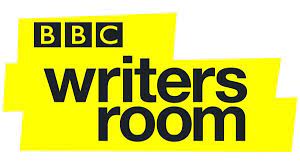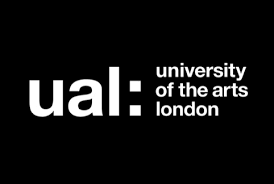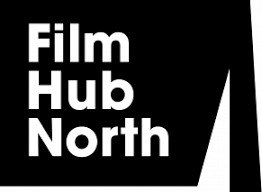MONTAGE IN SCREENPLAYS
I’ve been thinking about MONTAGE recently – when does it work? What makes a good montage? What makes a bad montage?
Montage is used very much more in film than in TV series drama. It’s so often used to rush us through a particular section of story – and there’s less need for this rushing in a long-running TV series. There’s also the budgetary issue – a hugely complicated montage sequence can take up less than half a page of a screenplay – but can sometimes contain almost as many shots and set-ups as the whole of the rest of the episode. A succession of montages can make a TV producer or director’s hearts sink in terms of what’s achievable on a TV budget and schedule.
Montage at its best can be a fantastic storytelling device – but it needs to bring something to the story that couldn’t otherwise be achieved – not just be seen as an expedient way to get yourself out of an expositional hole, cram in a lot of story in a brief amount of screen time (although it can be a great way of doing this artfully!). It has to be more than a convenient narrative tool.
One of the classic examples of montage at its best is the assassination / baptism sequence in The Godfather. This montage, cutting between a series of murders of leading Mafia rivals, enemies of the Corleone family – and the baptism of Connie’s baby with her brother Michael as godfather, renouncing the devil – is a brilliant narrative and thematic articulation of what the whole film is about. It’s the juxtaposition of extreme violence with religion, of new life celebrated and life brutally terminated – of the massive moral dishonesty of these characters and particularly the corruption and moral descent of Michael that makes this more than just a very pacy, visual, dramatic and helpful communication of exposition (it is also that).
The other montage sequence that stands out in my mind is the opening of the Pixar movie, Up, which is a wonderful, moving short film in its own right.
Thinking about montage more generally was sparked by watching the Amy Winehouse biopic Back To Black. The key montage sequence in Back To Black also works well (although on a less epic or inventive way than in The Godfather). Played out against the song Back To Black, it feels like a key sequence in Amy’s descent into darkness – including her pilgrimage to Birdland in NYC as instructed by her dying Nan and culminating in her Nan’s funeral. The song lyrics echo Amy’s declining state of mind.
When you write montages you need to be really precise about the shots / images. I read too many montages that feel too vague and general to have real impact. It’s the way the images and moments cut together that is really telling.
You need to view a montage as a mini-movie in its own right – a section that elevates the film as a whole, that brings a distinctive and surprising new perspective, maybe throws a whole new light on a particular character or relationship; or tells part of the story in a different and very particular way.
Montages are often cut against songs. Think about the sound backdrop that will bring out the best in your particular montage. Is it a song? Part of the show’s soundtrack / score? A particular voiceover perspective? Perhaps dialogue from a two-handed scene in voiceover playing out against the background of this montage?
Does your montage dramatize a particularly significant part of your overall story? Or is it more of a diversion / narrative tangent? Either way could be equally valid.
Montages can be epic – covering decades and moving between a vast range of spectacular exterior locations; or can all take place with one character in their tiny bathroom over minutes (?!).
Just make sure your montage is the one where we say, with a smile, ’Wasn’t that montage great?’ rather than, ‘Not another montage!’
———————————–
My screenwriting newsletter is now taking its annual summer break and will be back on Friday September 6th.
Here’s wishing you a relaxing summer break and some productive creative moments too. And please get back to me, if you’re so inclined, with your thoughts about MONTAGE and some of your favourite montage sequences.
Best wishes
Phil
PHILIP SHELLEY
Twitter: @PhilipShelley1
Friday July 26th 2024






















